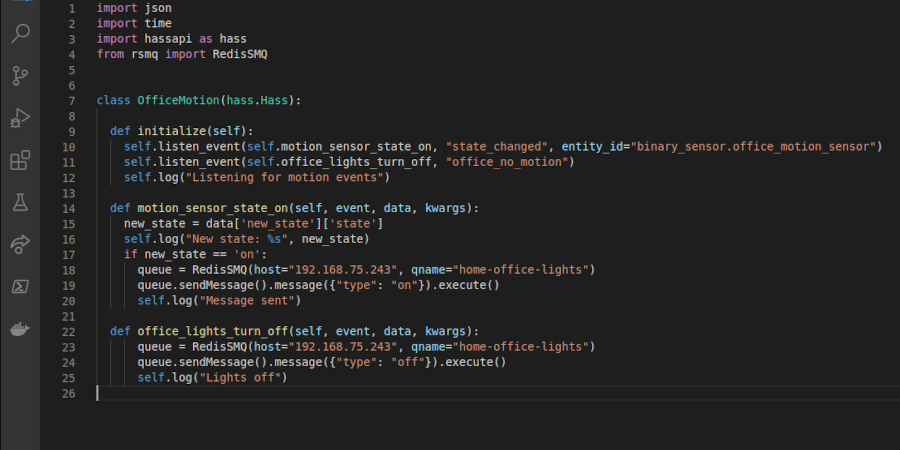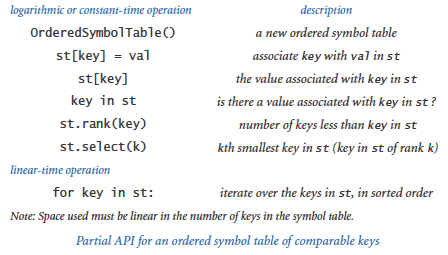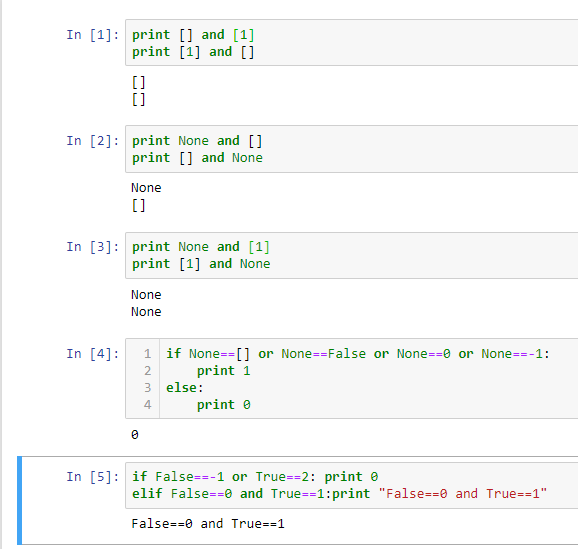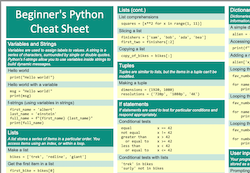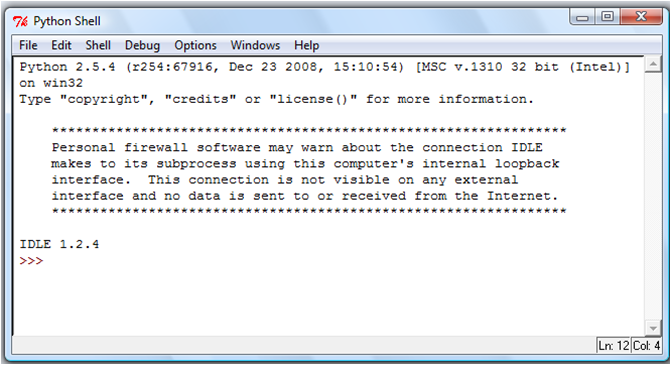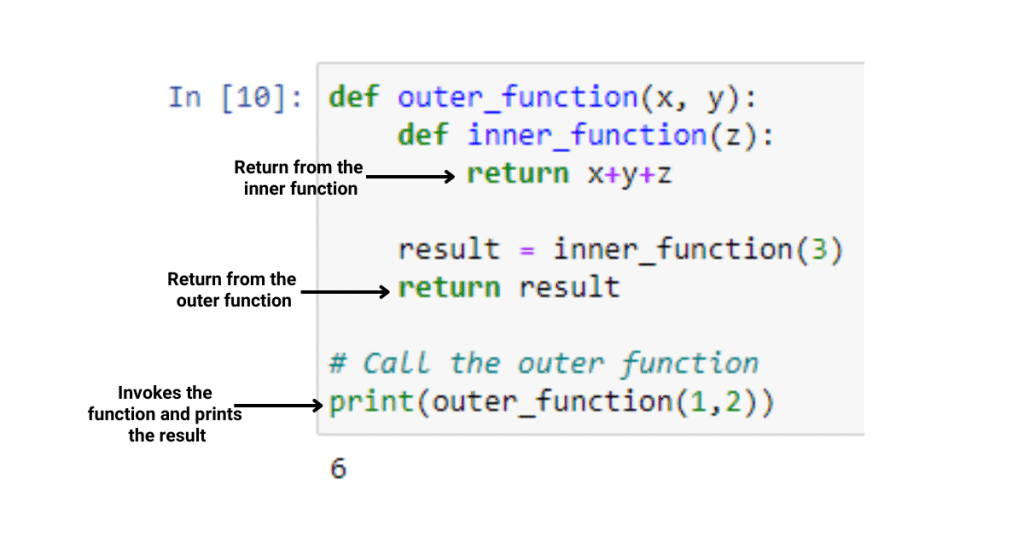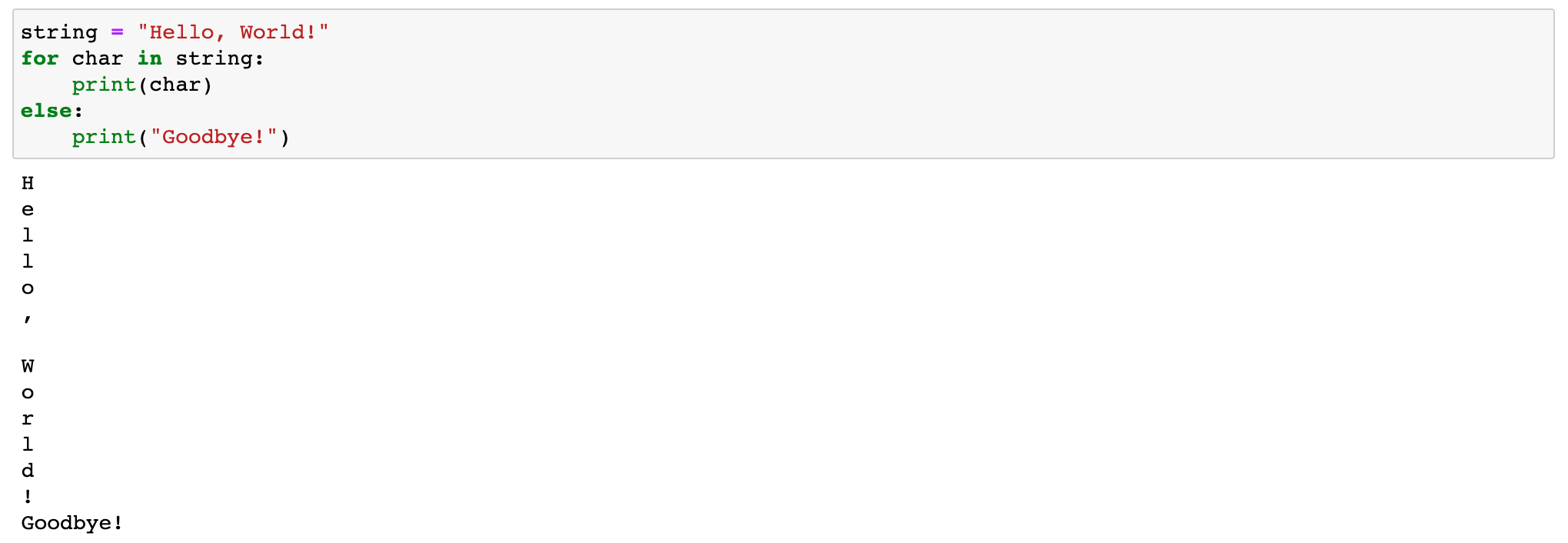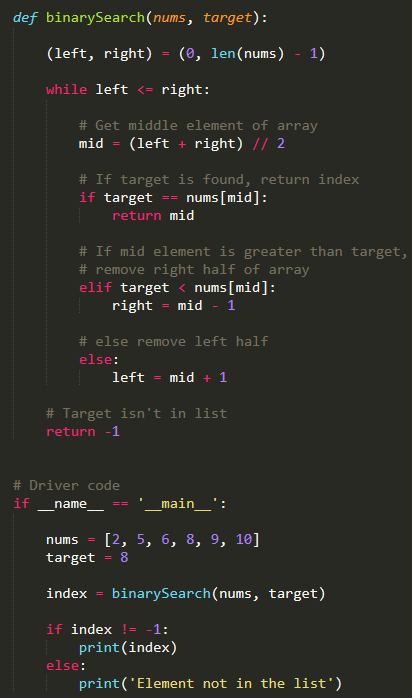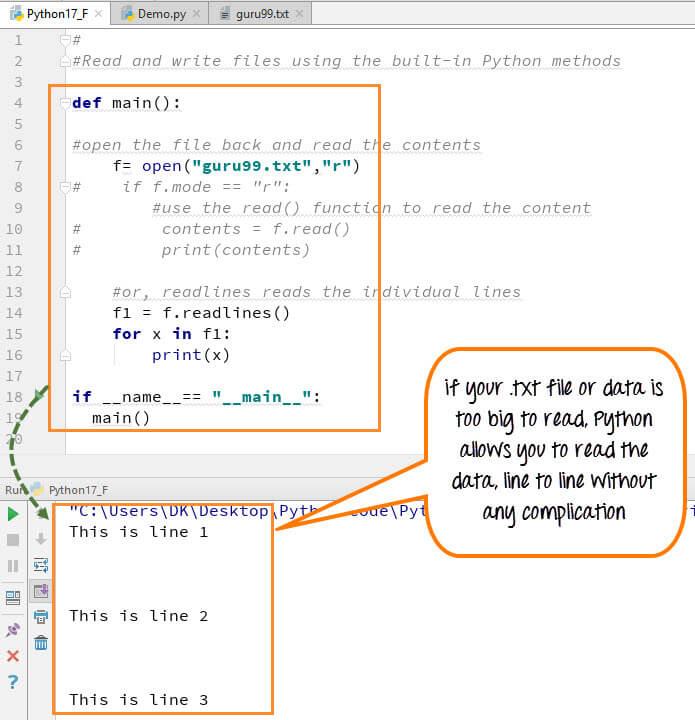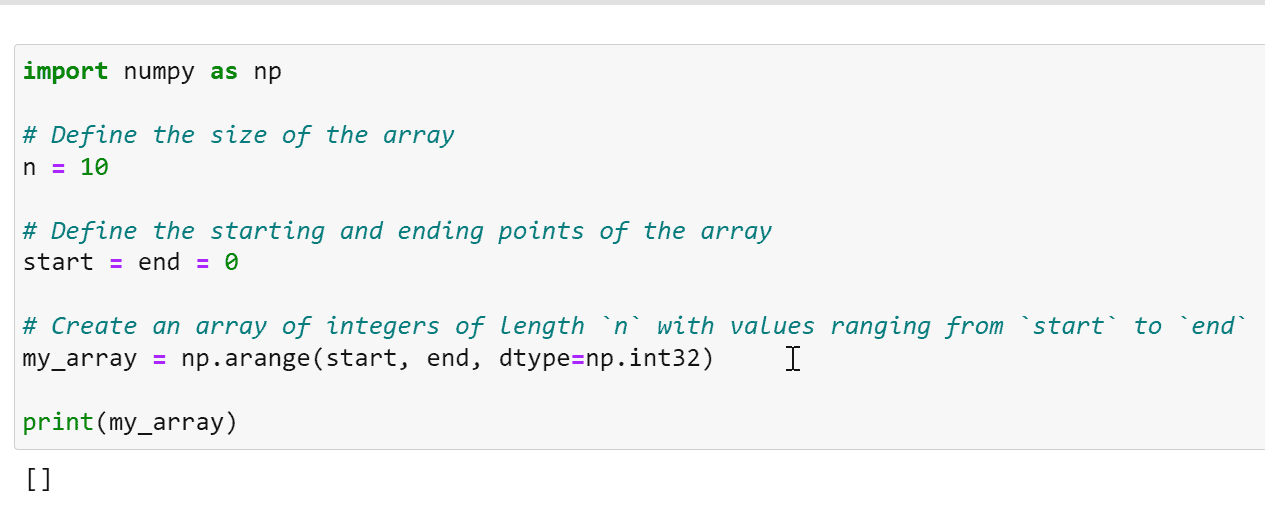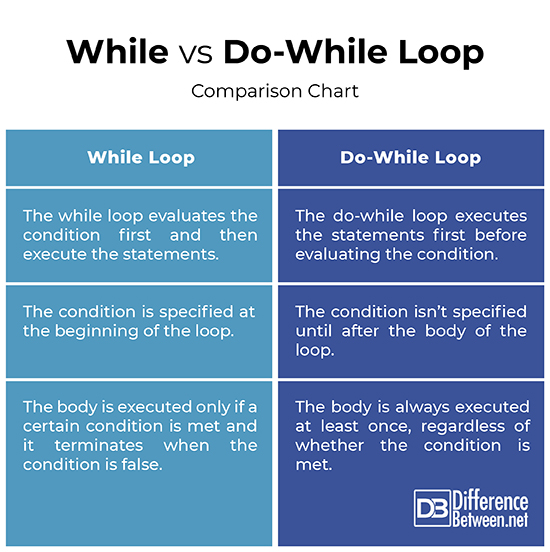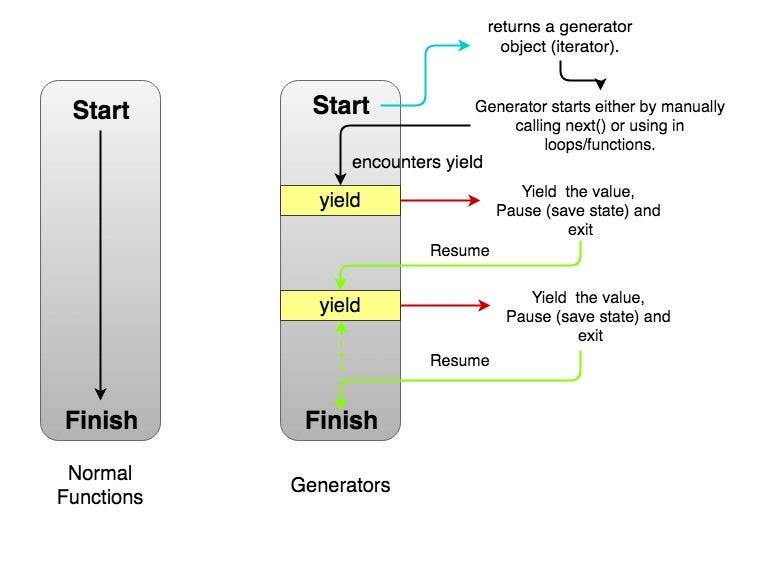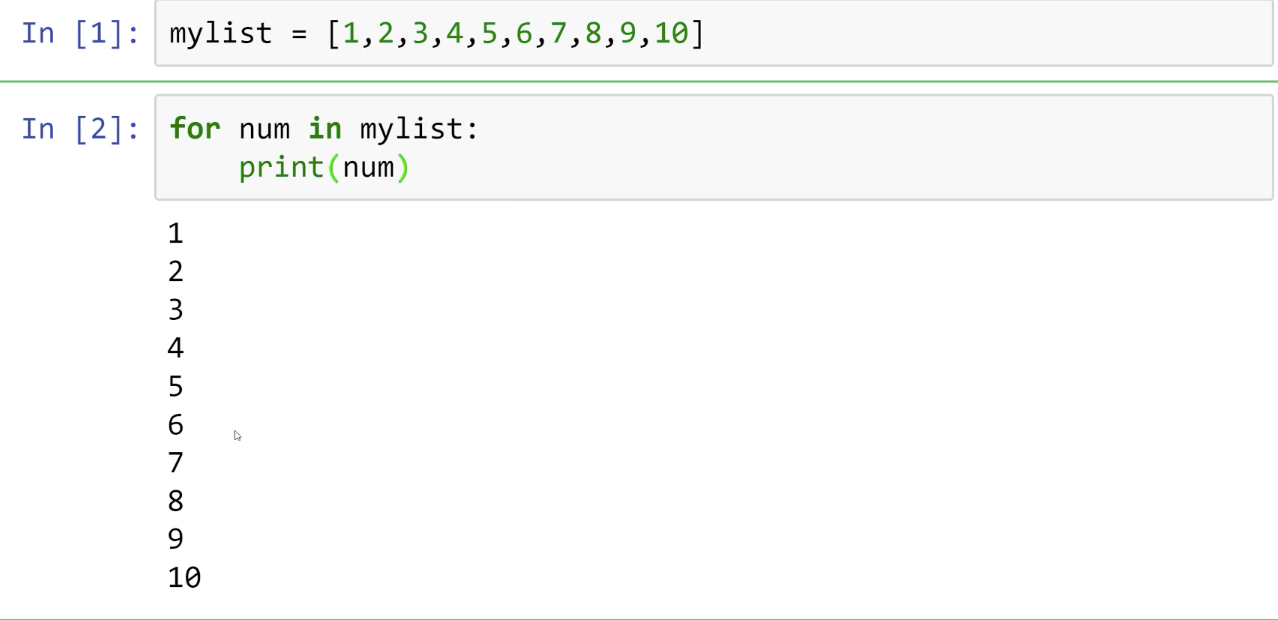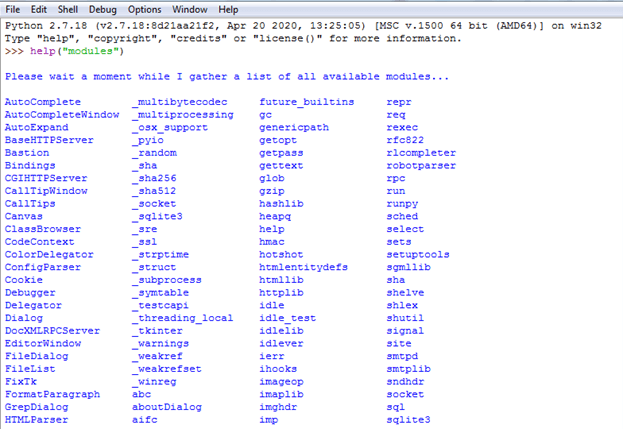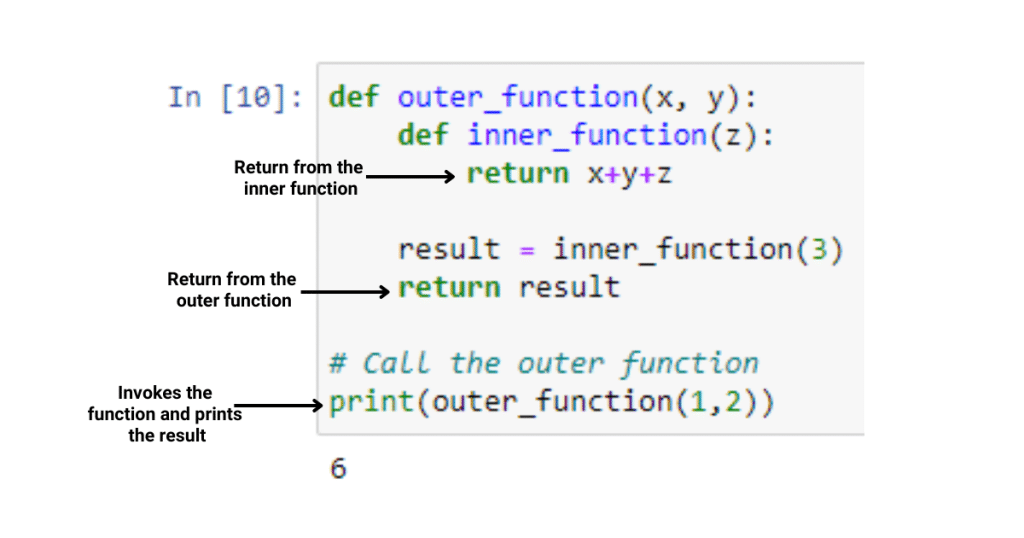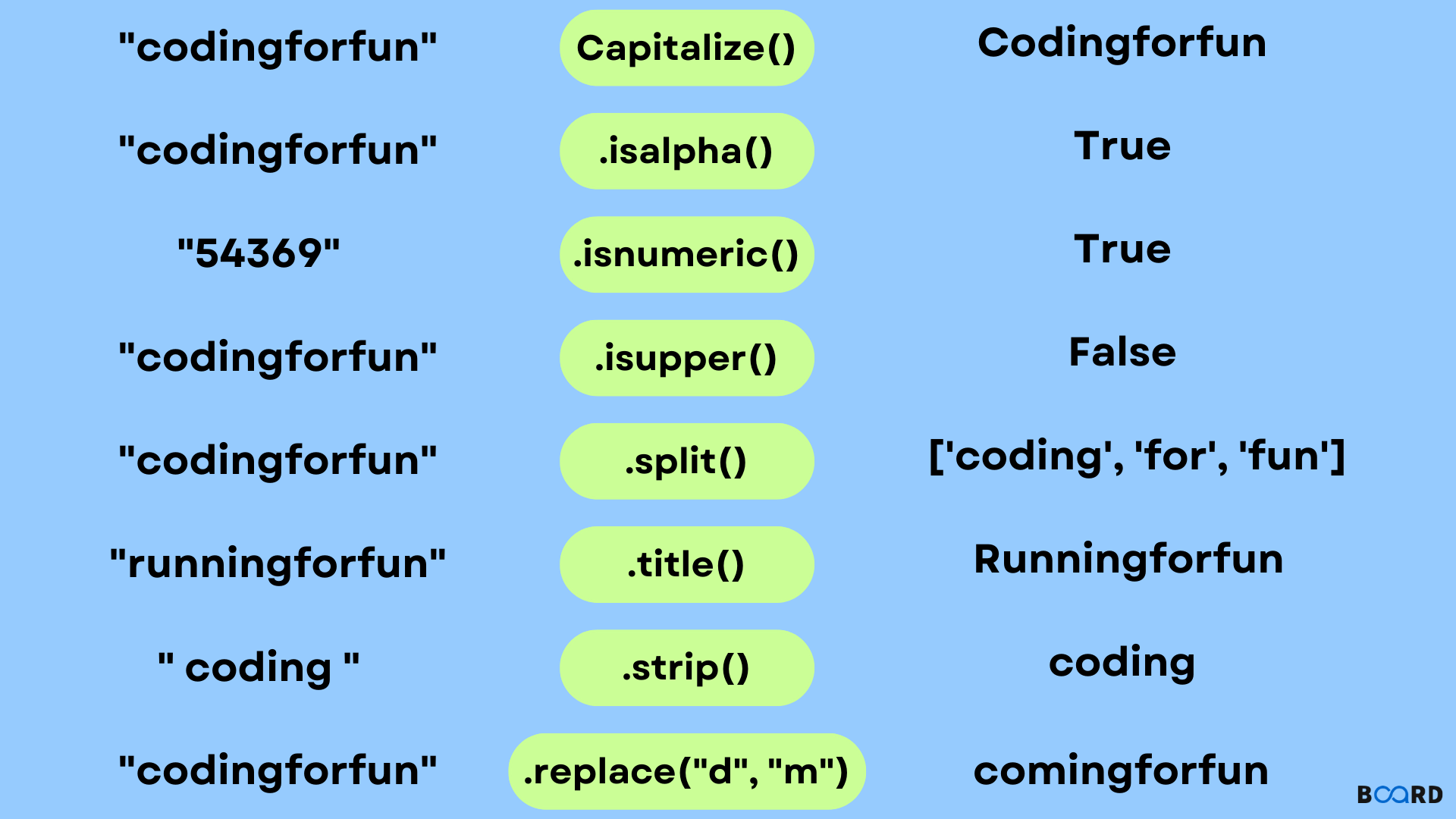How to compare two variables in Python?
How to compare two variables in Python?
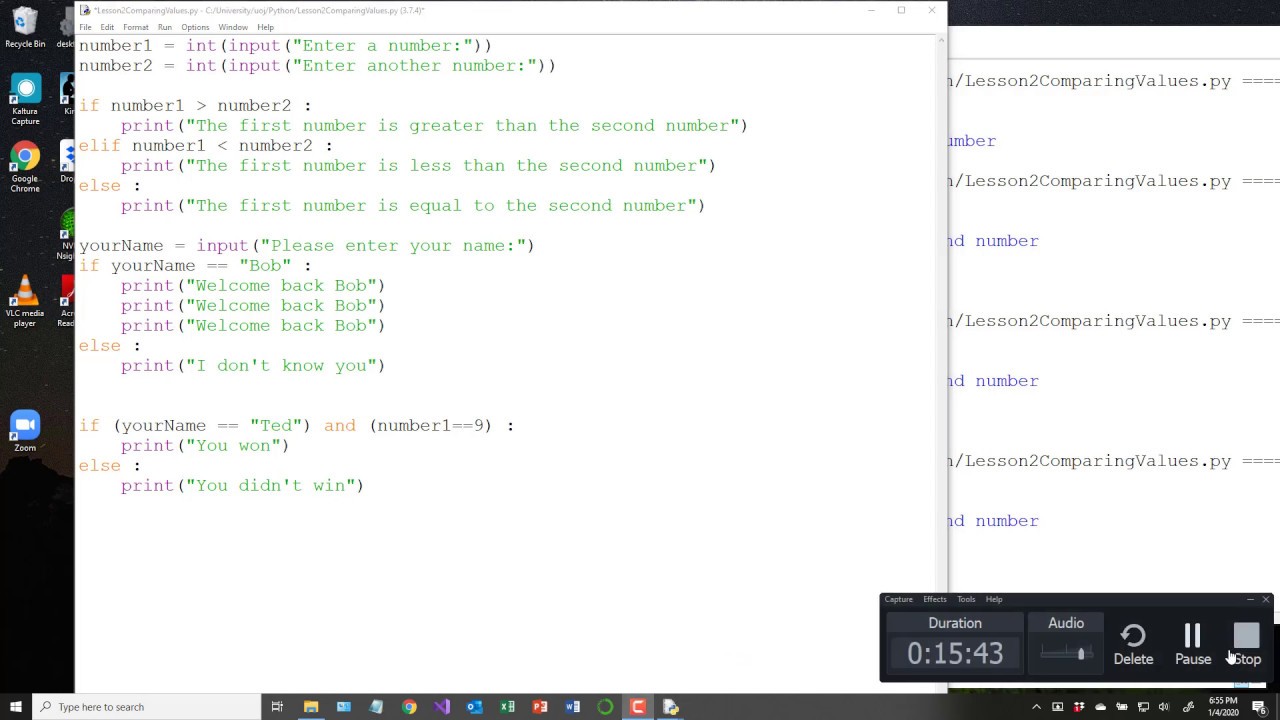
In Python, there are several ways to compare two variables based on their data type and the intended comparison operation. Here's a comprehensive overview of how to do it:
Equality (==) and Inequality (!=)
You can use the equality operator == to check if two variables have the same value or contents. This works for all types of variables, including integers, floating-point numbers, strings, lists, dictionaries, etc.
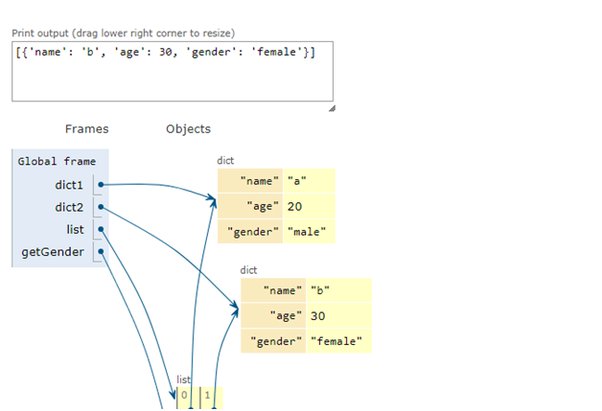
For example:

a = 5
b = 5
print(a == b) # Output: True
c = "hello"
d = "hello"
print(c == d) # Output: True
e = [1, 2, 3]
f = [1, 2, 3]
print(e == f) # Output: True
Similarly, you can use the inequality operator != to check if two variables have different values.
Greater Than (>) and Less Than (<)
For comparing integers or floating-point numbers, you can use the greater-than > and less-than < operators. For example:
x = 5
y = 3
print(x > y) # Output: True
z = 2.5
w = 1.5
print(z < w) # Output: False
Greater Than or Equal To (>=) and Less Than or Equal To (<=)
These operators are useful when you need to check if two variables have the same value or one is greater than or equal to the other, respectively.
For example:
x = 5
y = 3
print(x >= y) # Output: True
z = 2.5
w = 1.5
print(z <= w) # Output: False
Identity (is) and Non-Identity (!=)
These operators are used to compare objects for their identity rather than their contents.
For example:
a = [1, 2, 3]
b = a
print(a is b) # Output: True
c = "hello"
d = "goodbye"
print(c is d) # Output: False
Chained Comparisons
Python allows you to chain multiple comparison operators together in a single expression. This can make your code more readable and efficient.
For example:
x = 5
y = 3
z = 2
print(x > y and x > z) # Output: True
In summary, Python provides several ways to compare two variables based on their data type and the intended comparison operation. By using the equality and inequality operators, greater-than and less-than operators, greater-than or equal-to and less-than or equal-to operators, identity and non-identity operators, and chained comparisons, you can write efficient and readable code that accurately compares your variables.
Python comparison operators between two values w3schools example
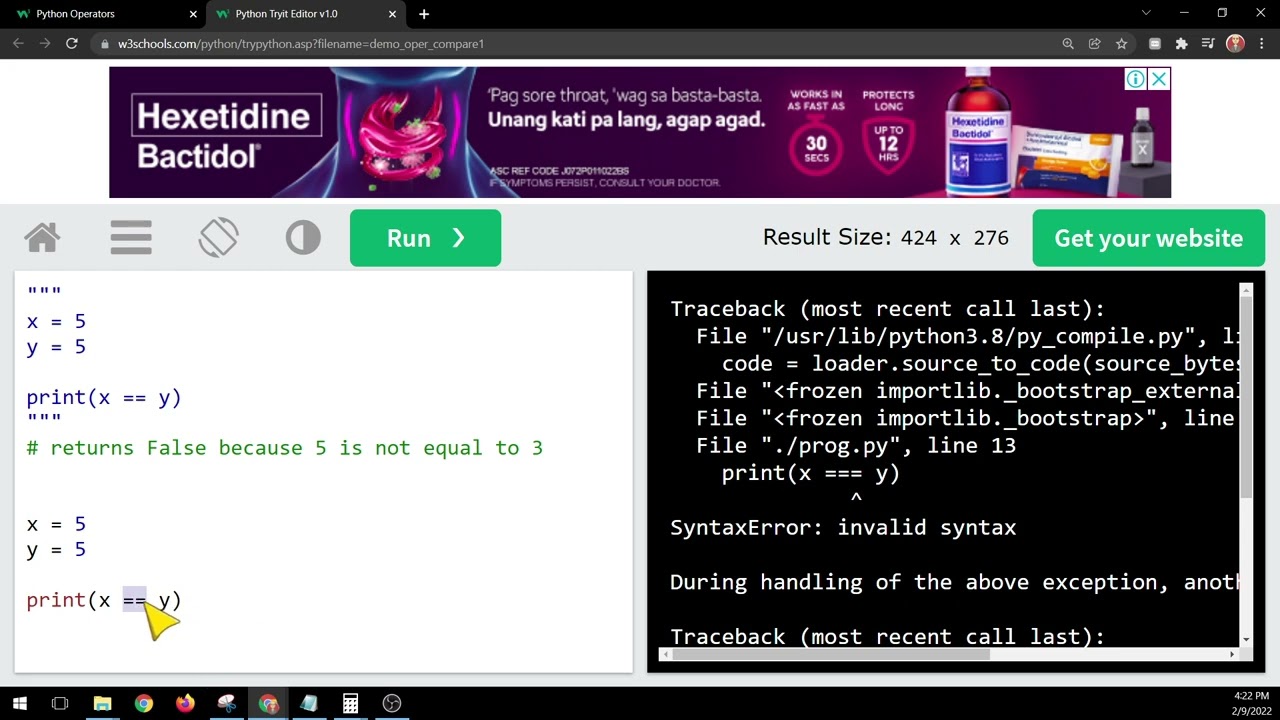
Here is the information you requested:
Comparison Operators in Python:
Comparison operators in Python are used to compare values and return a boolean value (True or False). Here's an example from W3Schools:
# Example of comparison operator in python
x = 5
y = "5"
print(x == y) # Returns True because '5' is equal to integer 5
print(x != y) # Returns True because '5' is not equal to integer 5
print(x > y) # Returns False because '5' is less than integer 5
print(x < y) # Returns False because '5' is greater than integer 5
print(x >= y) # Returns False because '5' is less than integer 5
print(x <= y) # Returns True because '5' is greater than or equal to integer 5
In this example, the comparison operators are:
== (equal): This operator checks if the values of x and y are equal. != (not equal): This operator checks if the values of x and y are not equal. > (greater than): This operator checks if the value of x is greater than the value of y. < (less than): This operator checks if the value of x is less than the value of y. >= (greater than or equal to): This operator checks if the value of x is greater than or equal to the value of y. <= (less than or equal to): This operator checks if the value of x is less than or equal to the value of y.
These comparison operators are useful when you need to compare values in your Python program, and return a boolean value that can be used to control the flow of your program.
Some other important things to note about these comparison operators:
They work with any type of value, including numbers, strings, lists, dictionaries, etc. You can use them on variables, literals, or even expressions. You can chain multiple comparison operators together using logical operators (such asand, or) to create more complex comparisons.
For example:
x = 5
y = 10
z = "hello"
print(x > y and z == "goodbye") # Returns False because x is not greater than y, even though z is equal to "goodbye"
print(x < y or z == "hello") # Returns True because x is less than y, and z is equal to "hello"
I hope this helps! Let me know if you have any questions.
